I accomplished a lot of preventative maintenance over the course of the week and, with the weather window fast approaching, I started to go through the motions of checking out of Mexico, which involves visiting a couple of offices around town, paying various bills, and notifying the officialdom of your intentions. On the final day, I went to the ice factory to buy a couple huge blocks of their coldest, hardest ice, and bought as much cheese and meat as my ice box could possibly contain. That afternoon, once I was all squared away, the lovely ladies of immigration came to officially "check me out".
Its obviously quite troubling to have problems with your engine at the start of a long passage, and I spent an hour or two debating a return to Huatulco to troubleshoot the issue. It would mean missing my weather window, having to check back in and out of Mexico, and a bunch of hassle, delay, and cost. The engine was still sounded great, wasn't overheating, and didn't have any water in the oil, so I decided to press on. That evening, a fairly stout breeze sprang up and I cut the engine and sailed through the night, reaching 7-8 kts at times with the current's help.
About four or five days in, I fell into a funk for a while where I really questioned what I was doing. Did I truly enjoy being all on my own out here in the middle of the ocean? Was this huge investment of time really worth it? Should I just sail back to the coast and keep hopping from port to port instead? I was still had more than 4500 miles of long, solo passages ahead of me before getting to Chile. A wave of loneliness and doubt washed over me and for a few hours I felt totally smothered by it.
After hemming and hawing back and forth for a few hours and emptying all of my thoughts and motivations and fears into my journal, I decided to stick my head up and have a look around the horizon. I was blown away by an absolutely stupendous, awe-inspiring sunset. I cranked on some music, gazed across the vast, empty ocean and my soul was back at peace again.
And it was exactly that feeling that brought me back to my senses that afternoon. I was sailing to the goddamn Galapagos Islands after all! I had great weather, plenty of food and water, and enough good books to last me for months. Sometimes there is no substitute for a great sunset and I'm grateful that this one was able to set me straight.
I was far enough out to sea that the wind was fairly consistent throughout the day and I could plan to make more easting or westing according to what was expected in the future. In this way, I hoped to avoid any strong headwinds. For the vast majority of the trip, the wind was either from the side or the back, which is exactly what the Rascal prefers.
After the first few days, I didn't see much of anything. There weren't any ships (not even a light on the horizon at night). I didn't see any dolphins. I didn't even see any whales (though I did hear one blow quite close to me during the night and his exhale sounded like the deflation of some super-sized zeppelin exploding in the night). Most of the time I didn't even see any clouds. What I did see, however, was boobies.
My first serious weather of the passage happened about 8 days into the sail. It started benignly enough with a wind shift to the south east (it had been out of the northeast for the majority of the passage). It wasn't forecast to be anything too stout, but as the night wore on, the skies opened up and the winds started howling.
As the day wore on, the winds continued to abate and I fell back into my routine of reading, navigating, and gazing across the horizon.
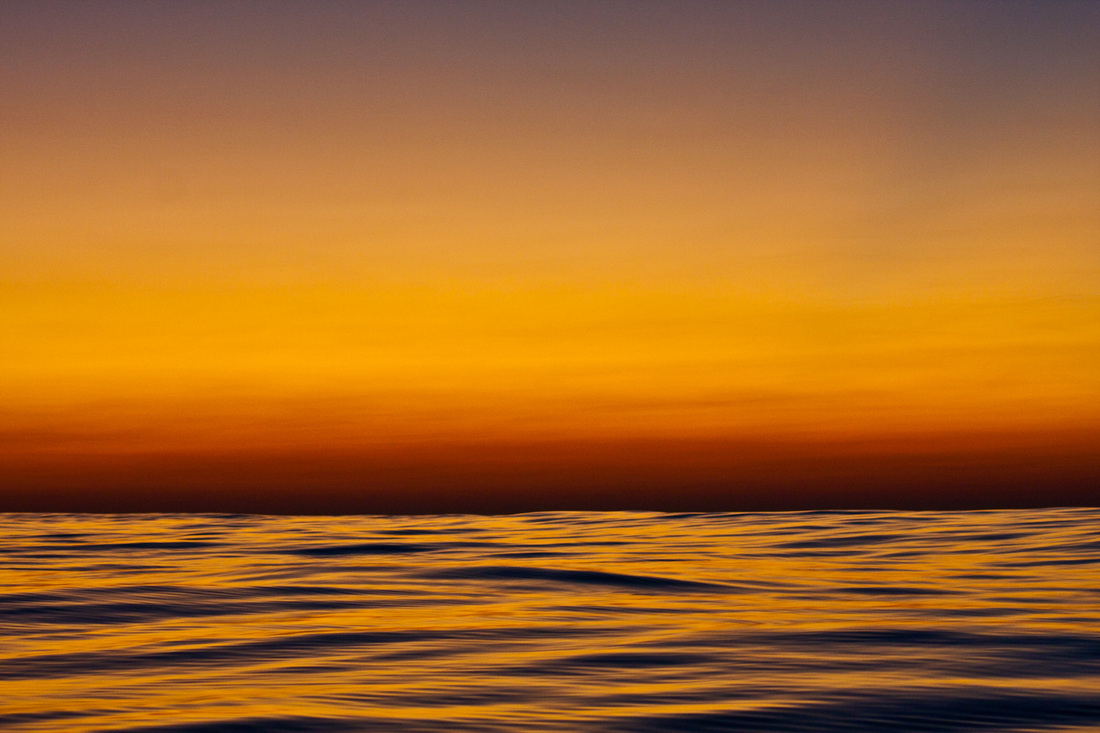
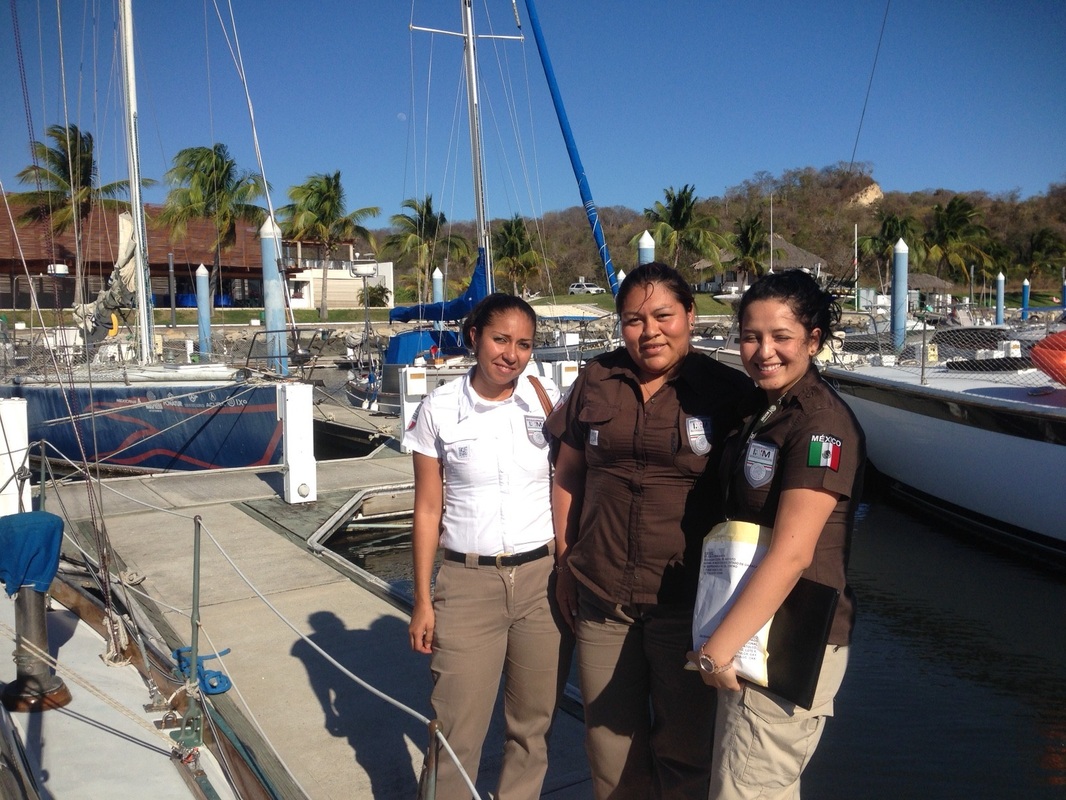
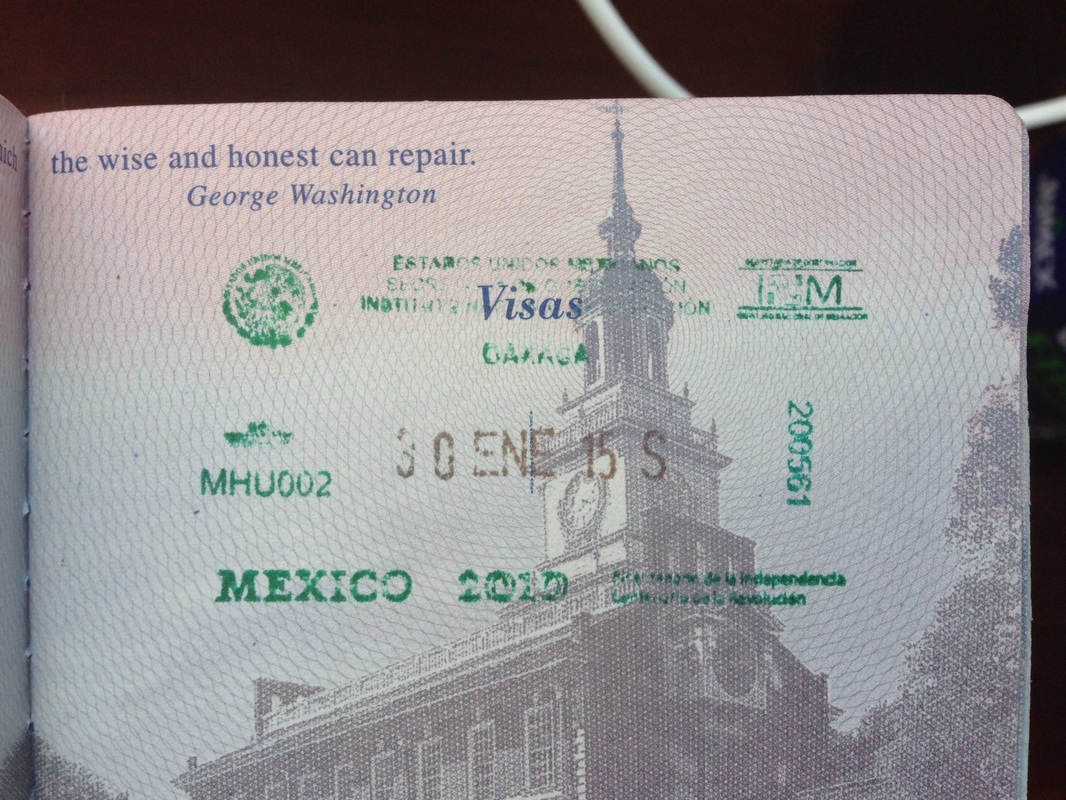
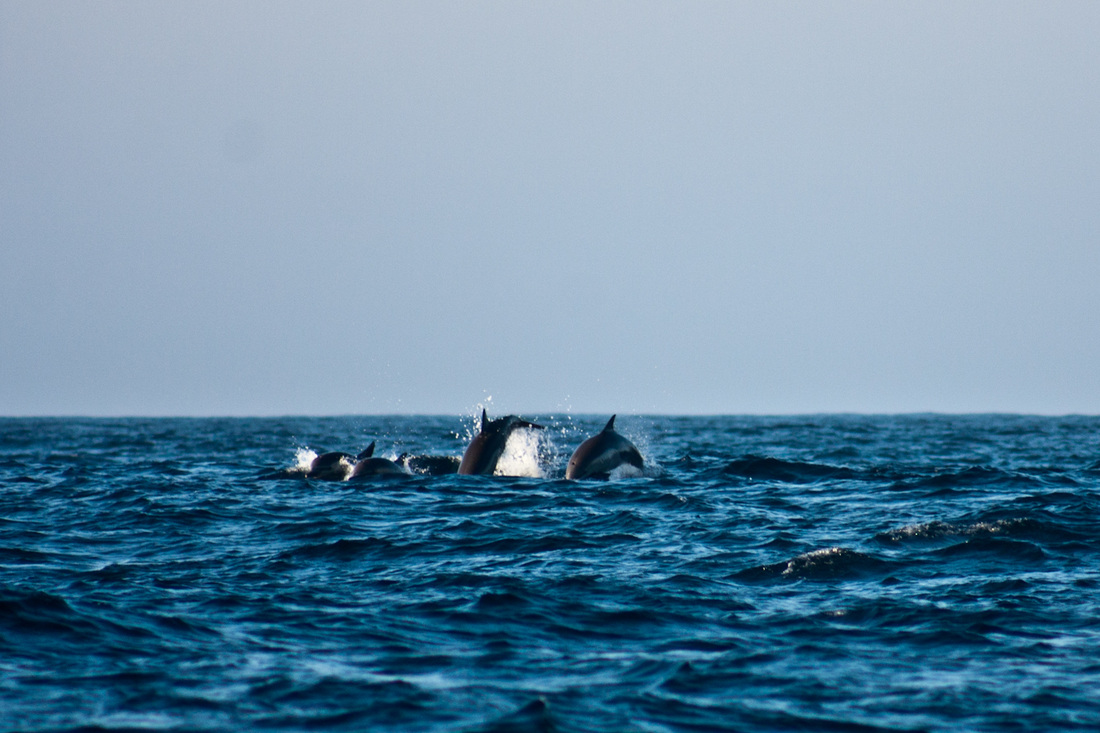

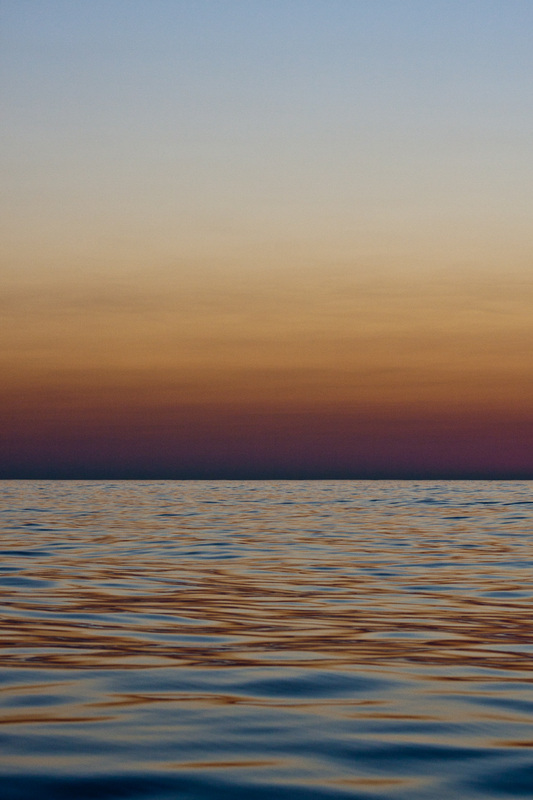
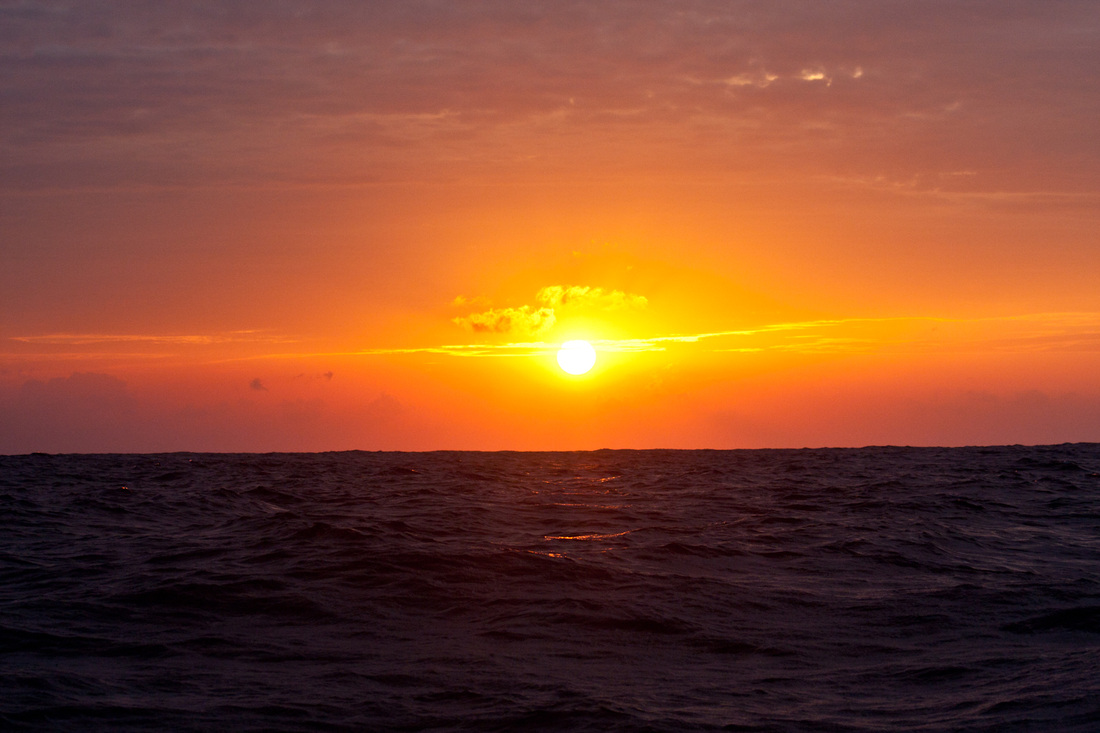
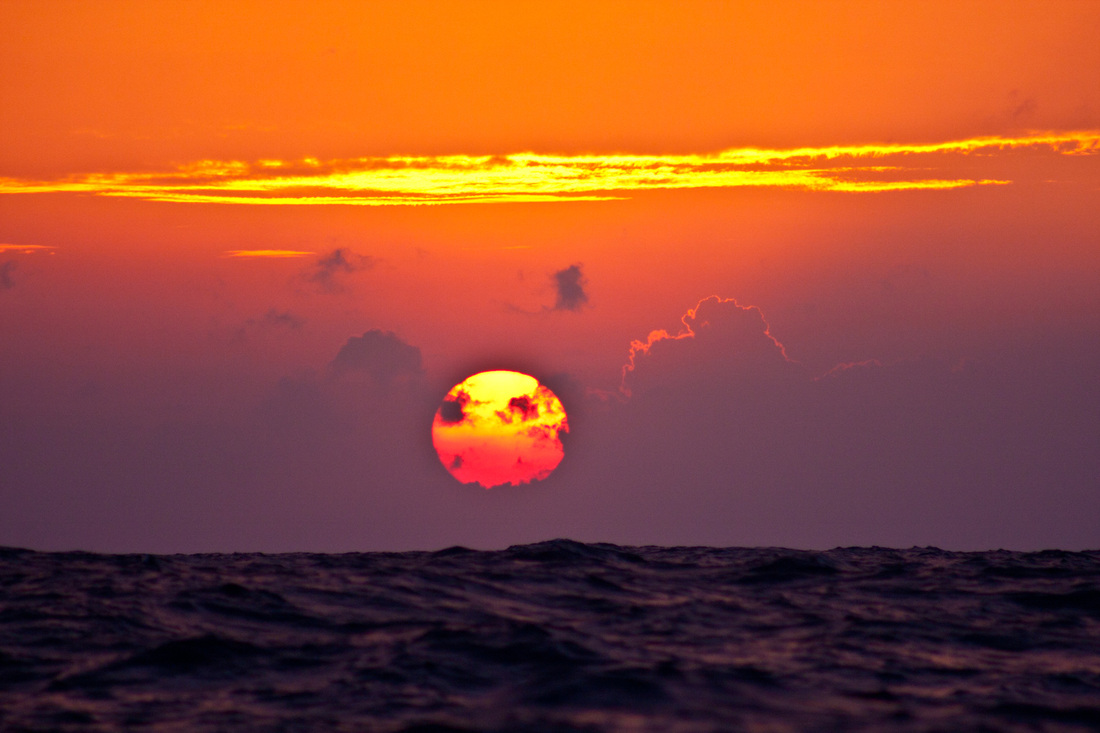

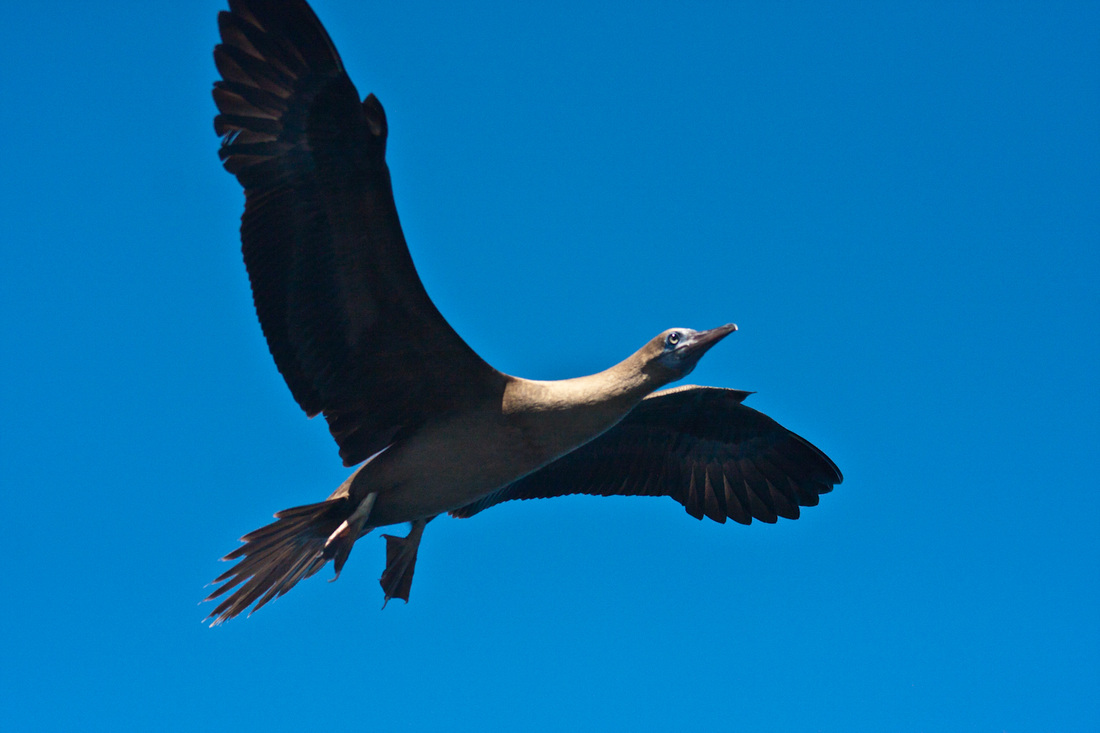
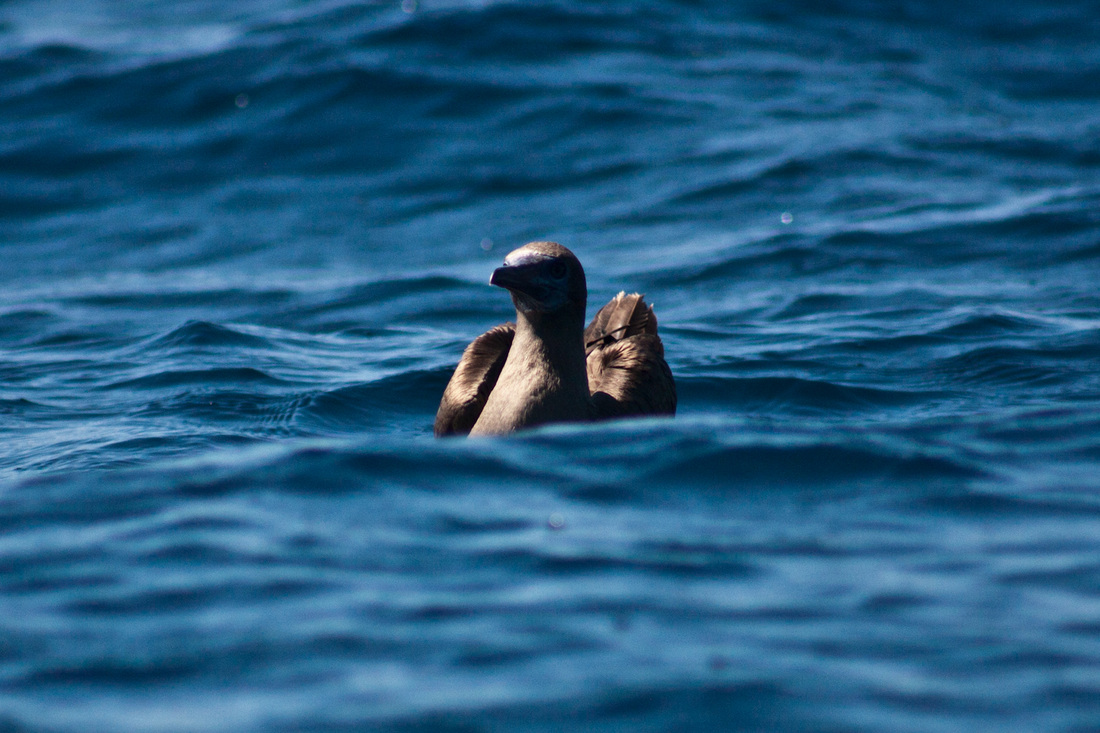
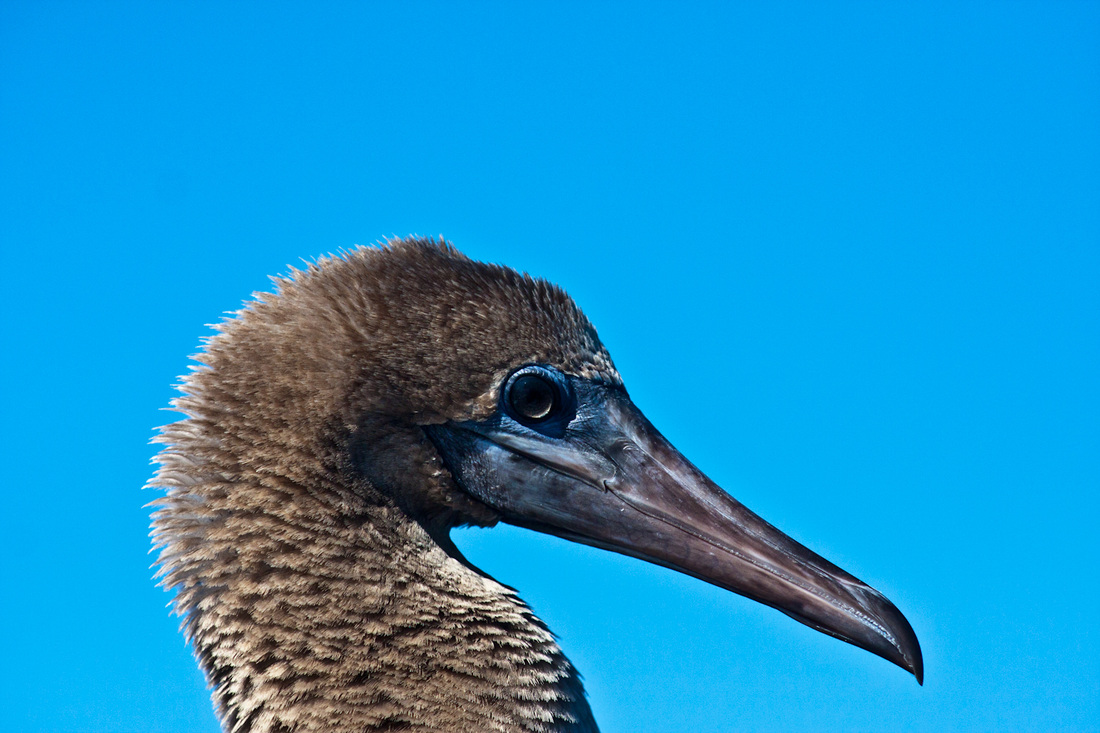
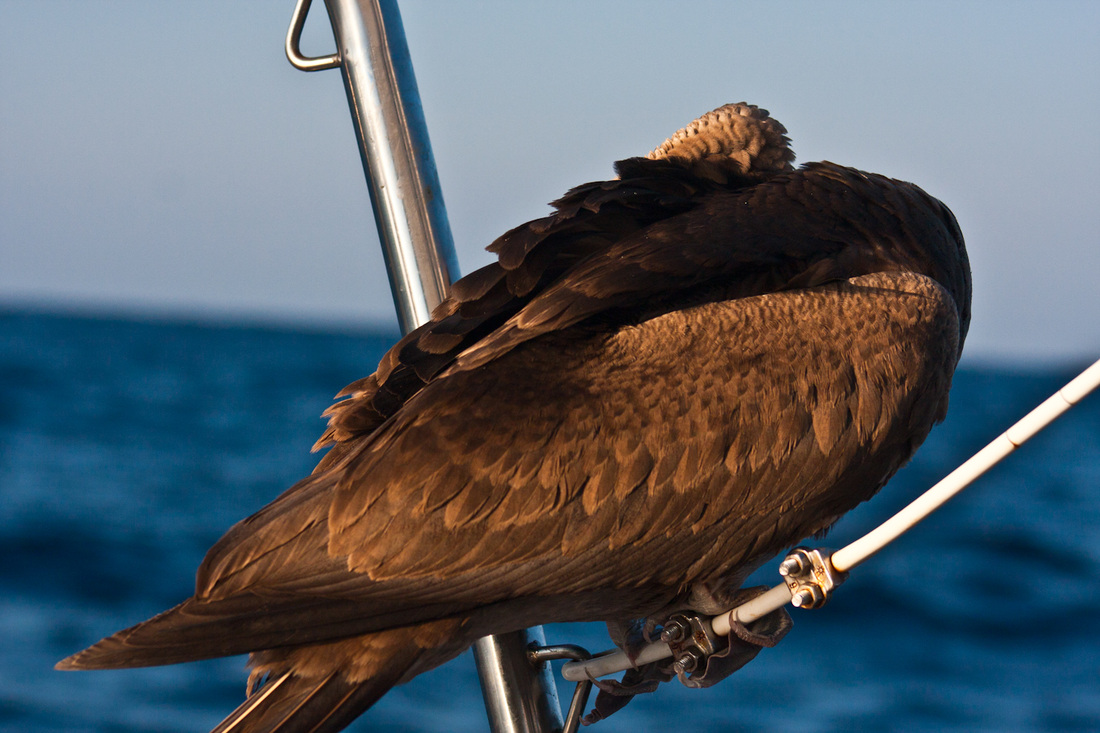
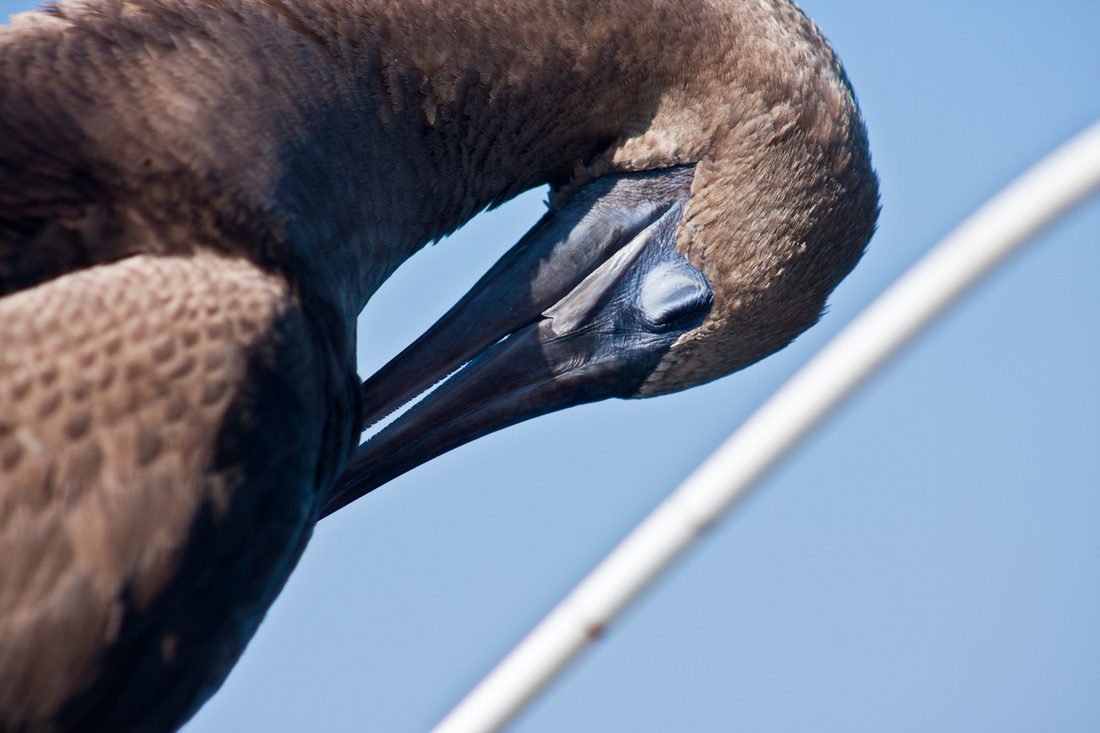
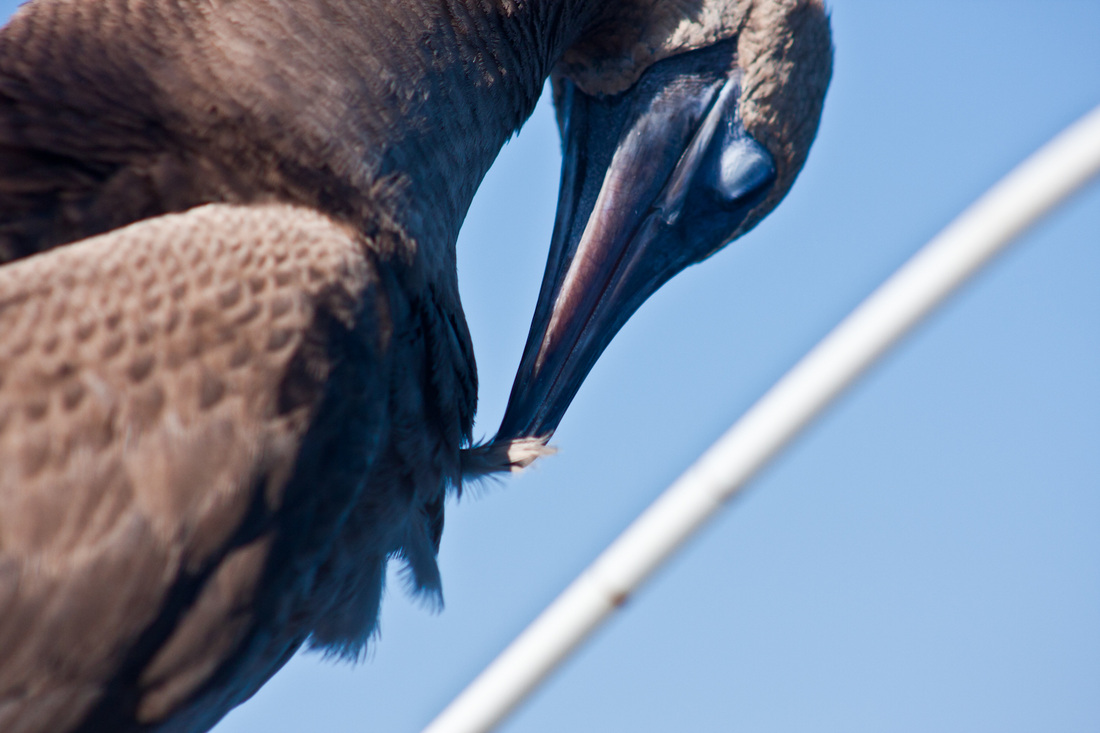
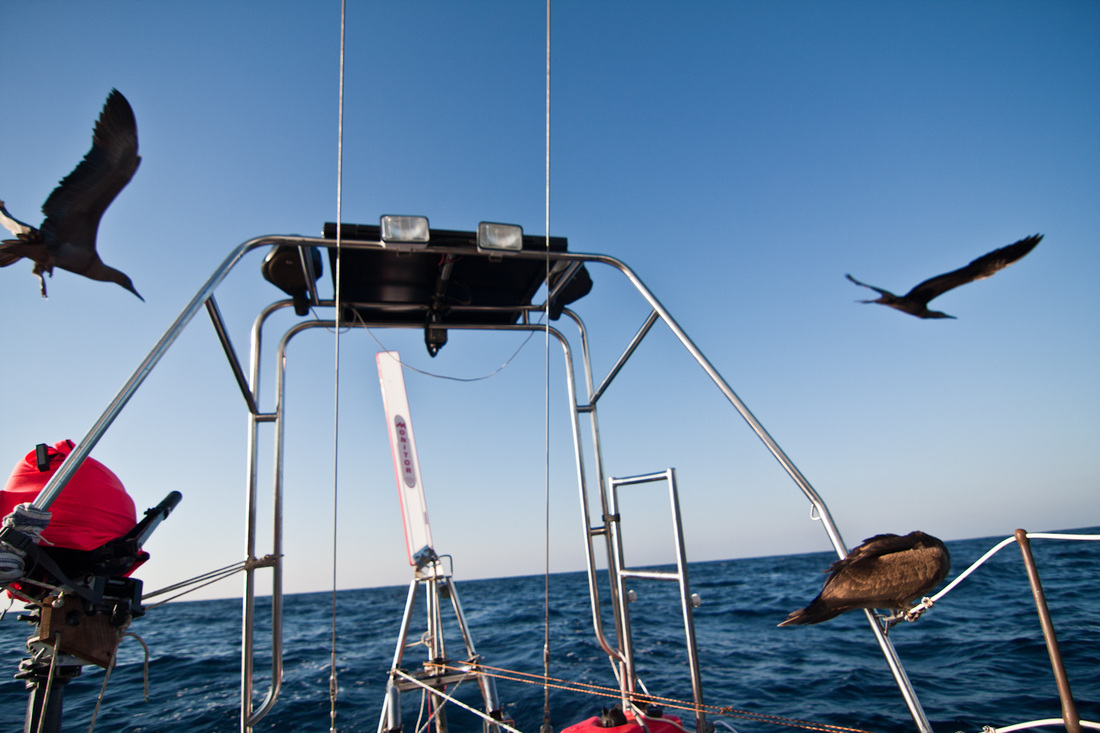
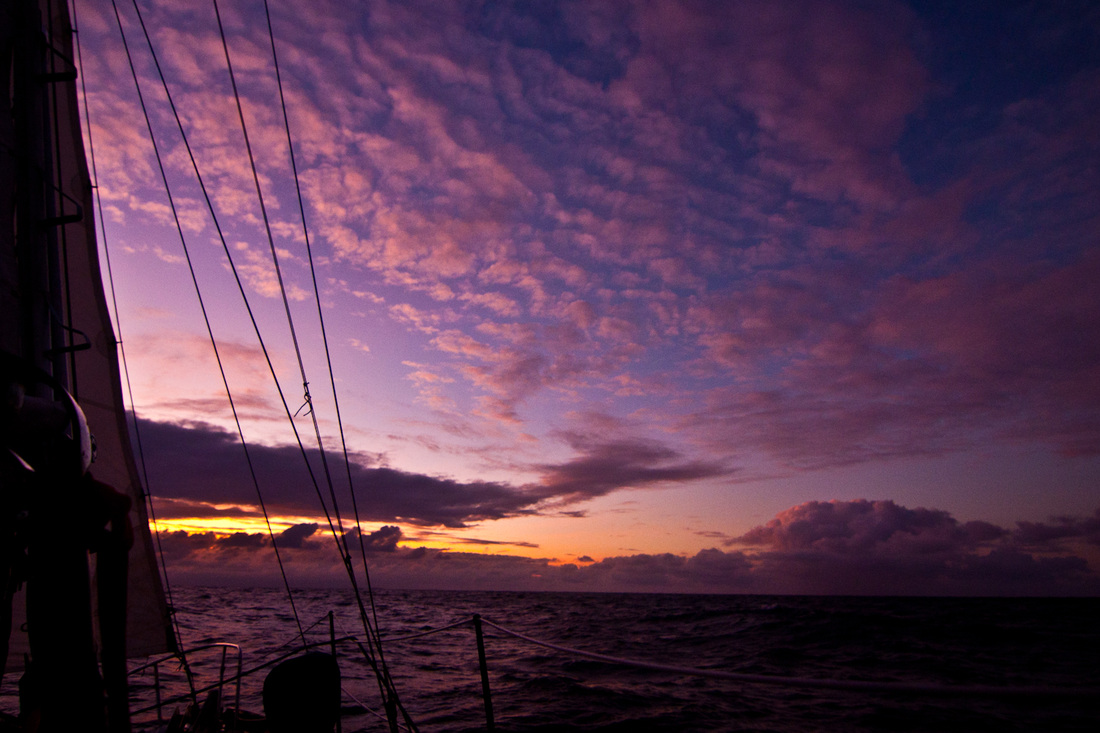
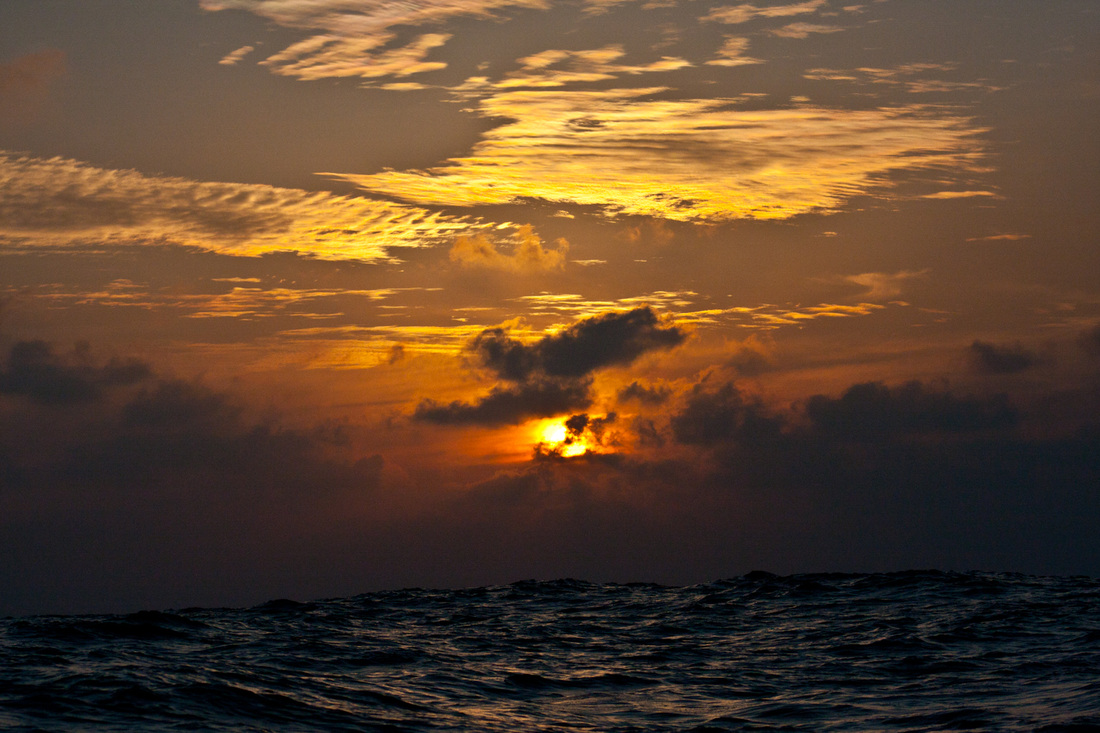

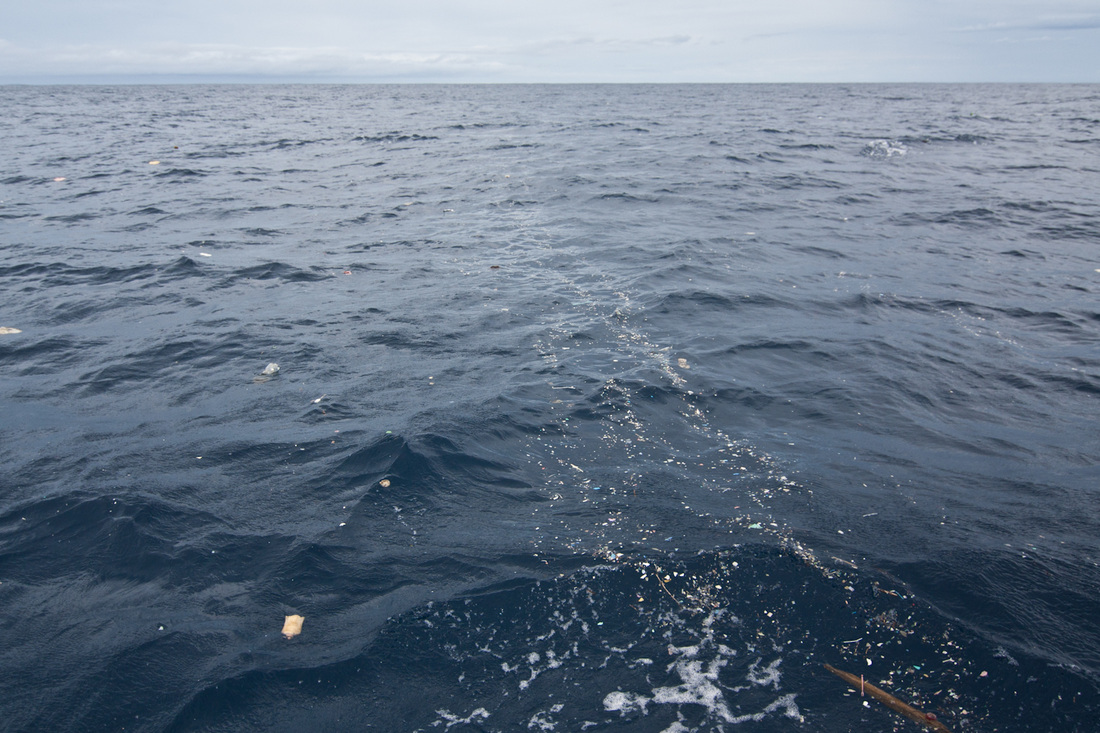
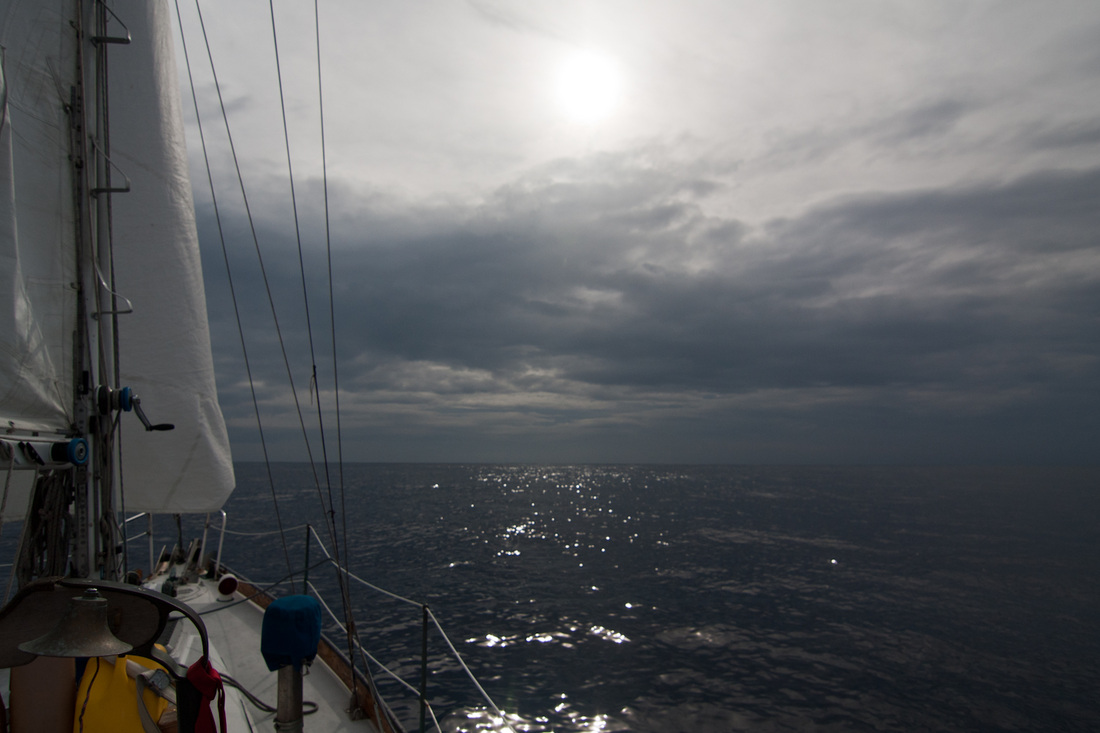
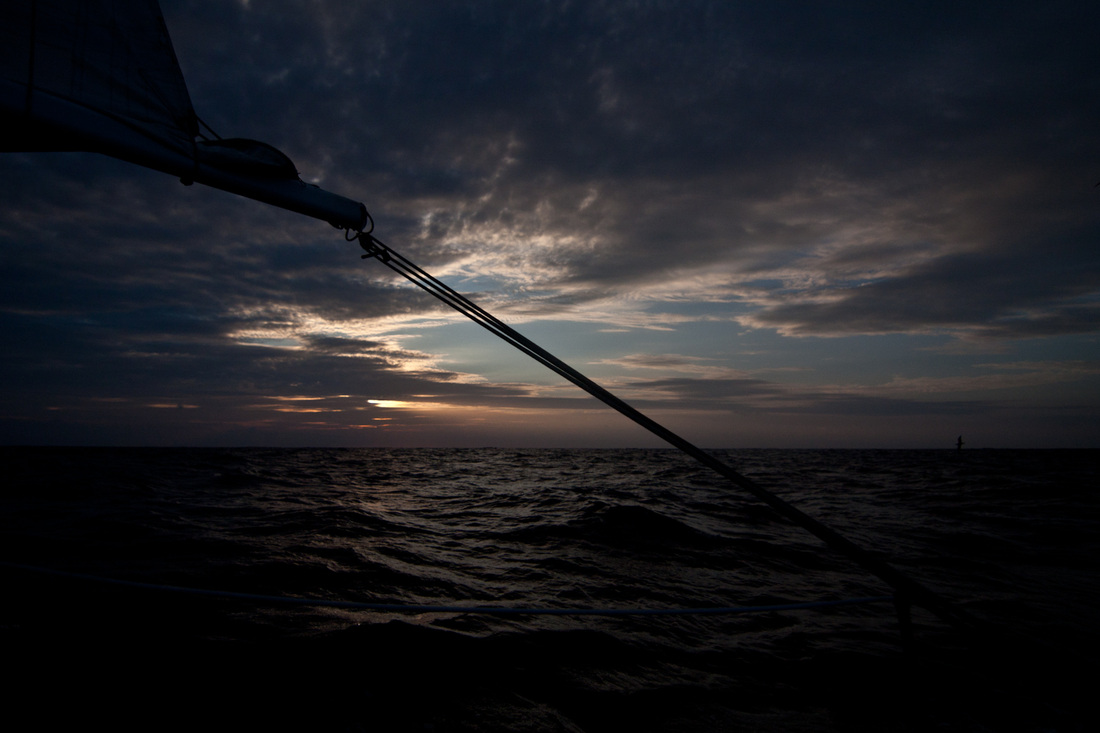
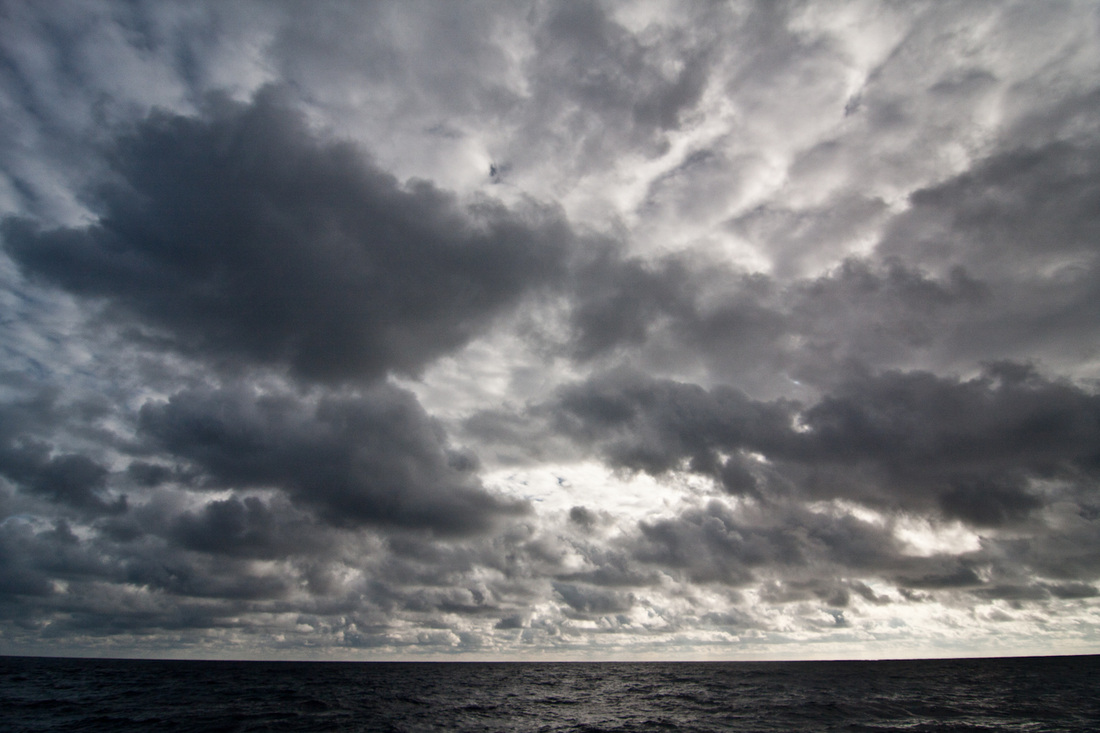
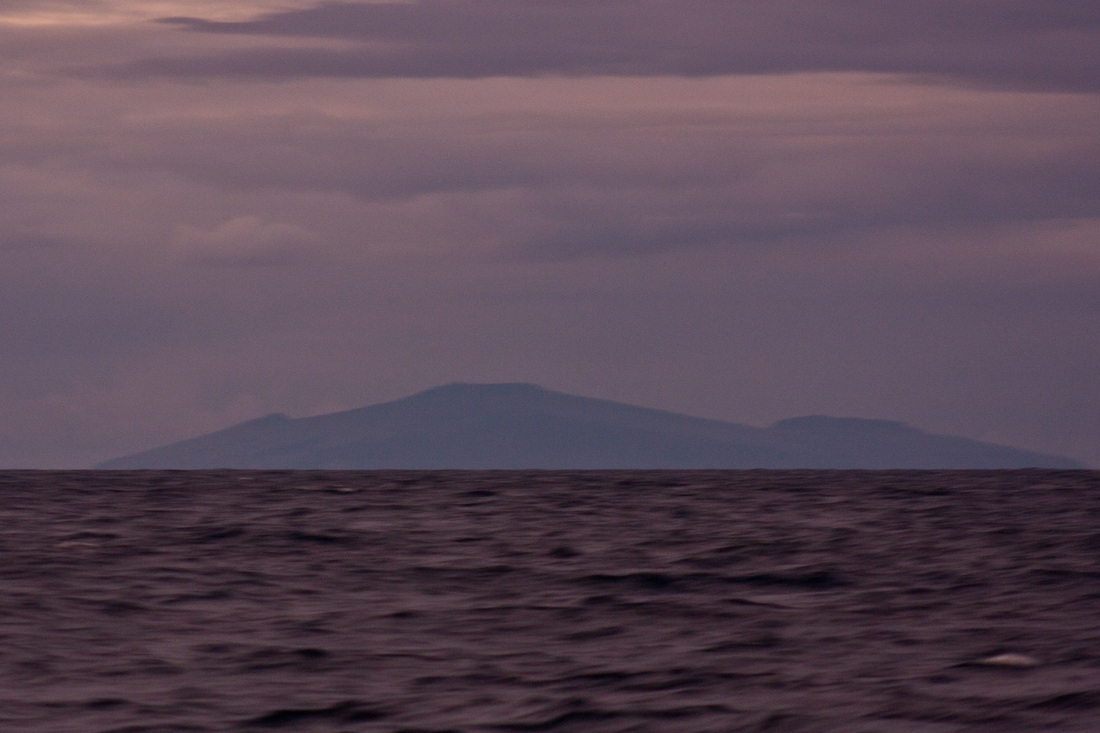
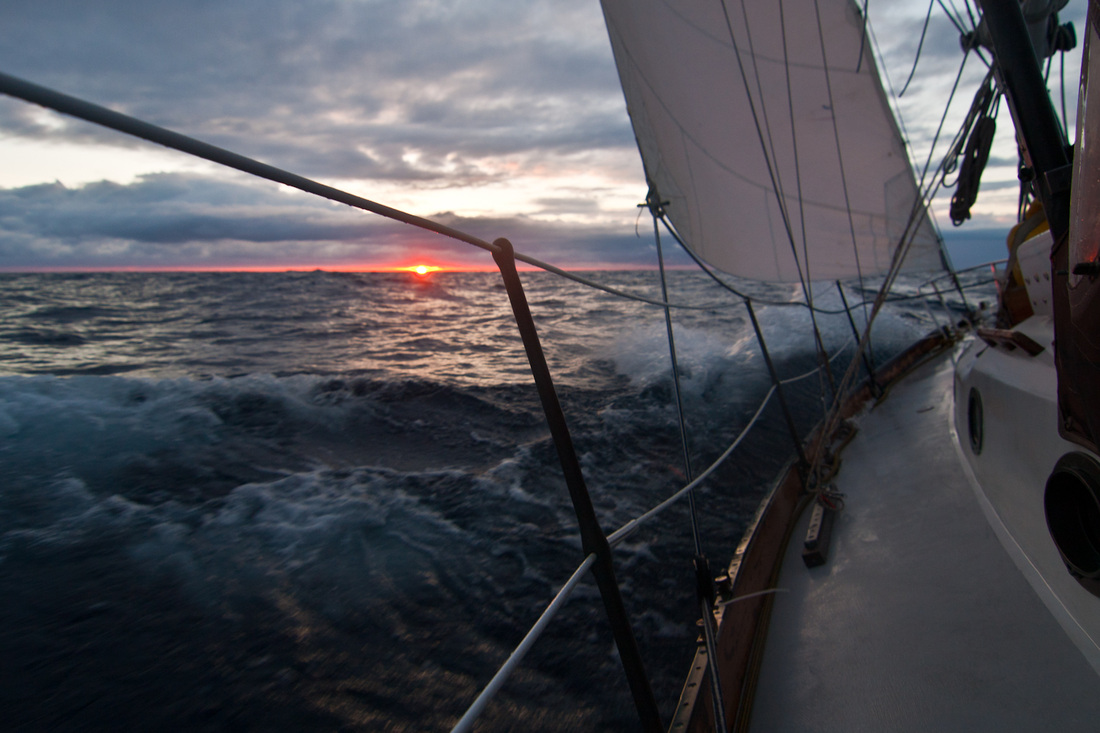

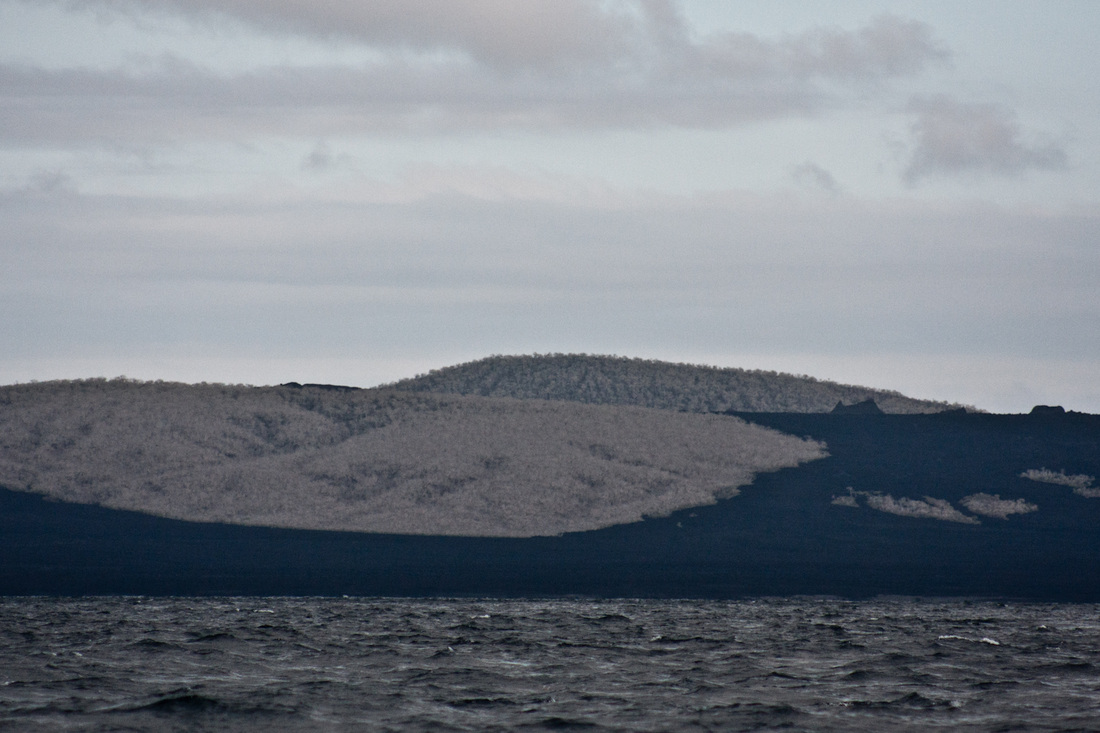
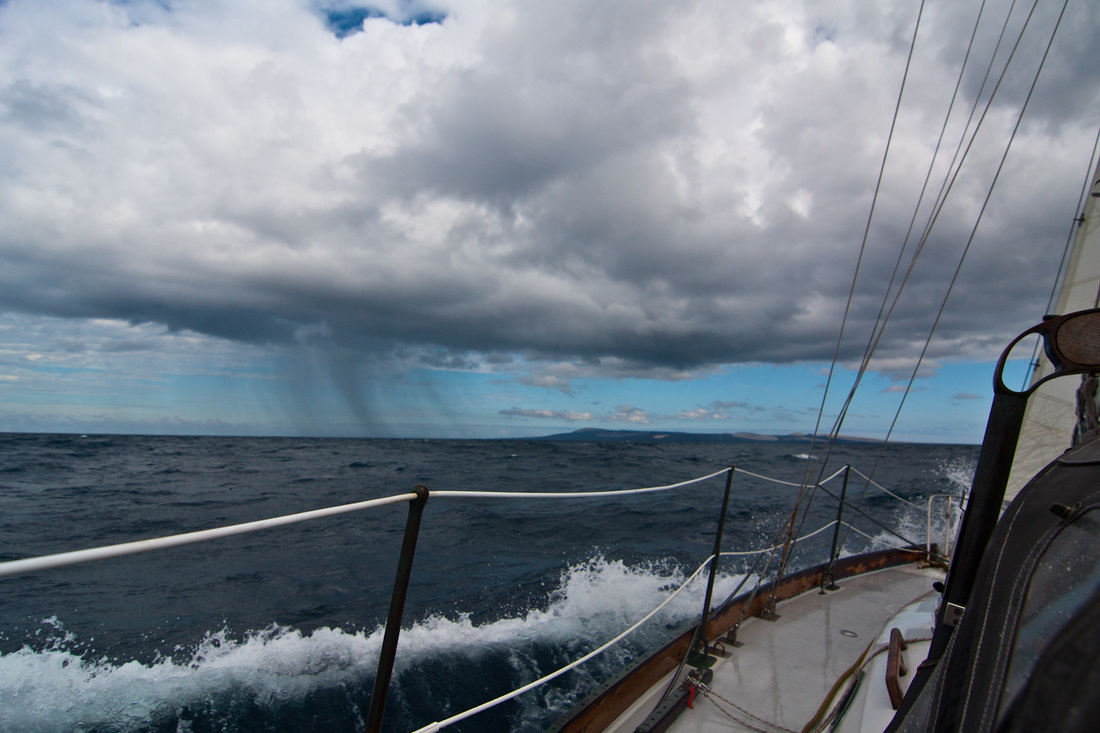
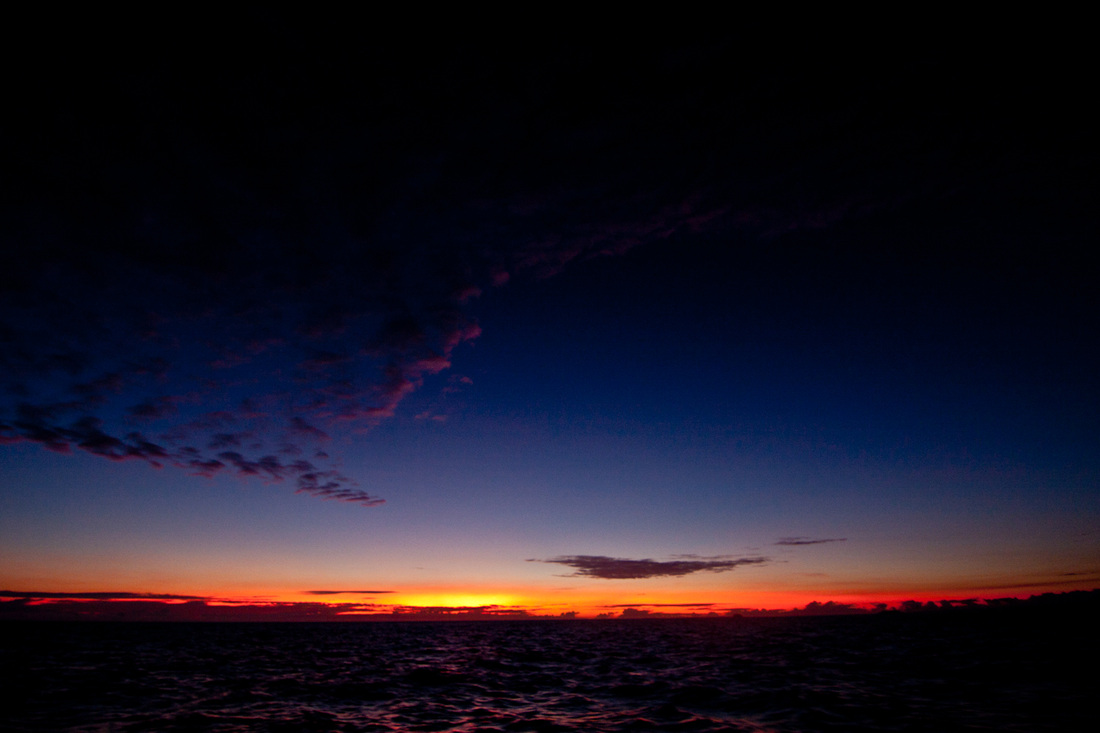
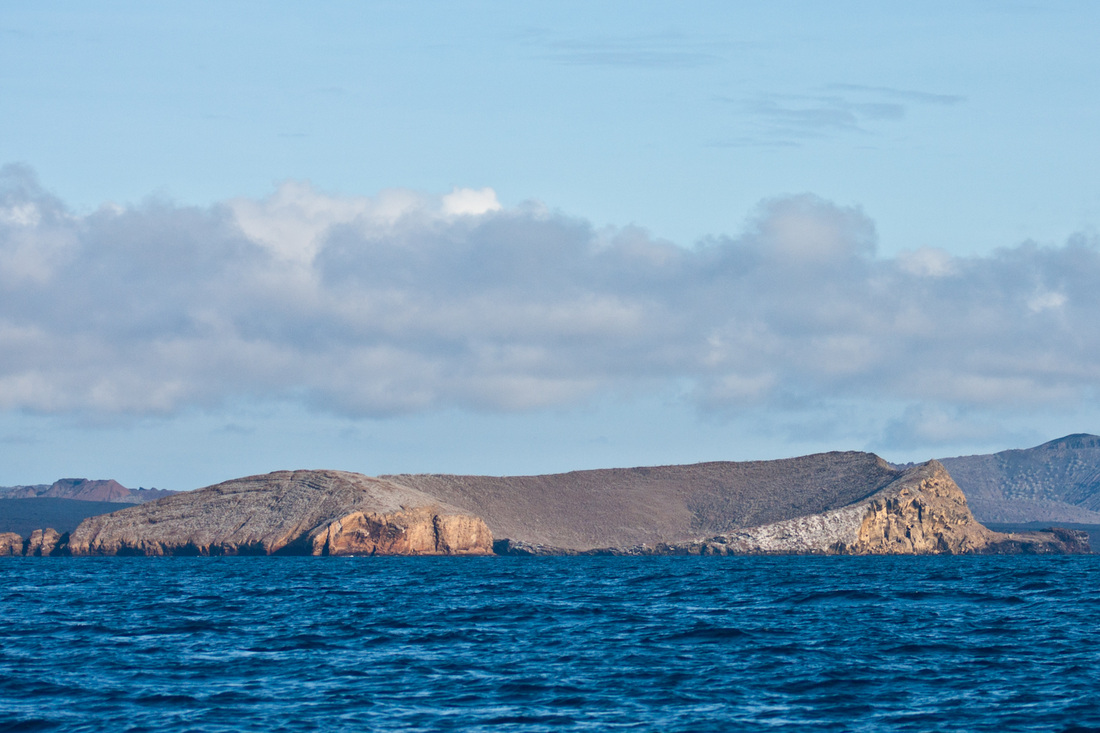
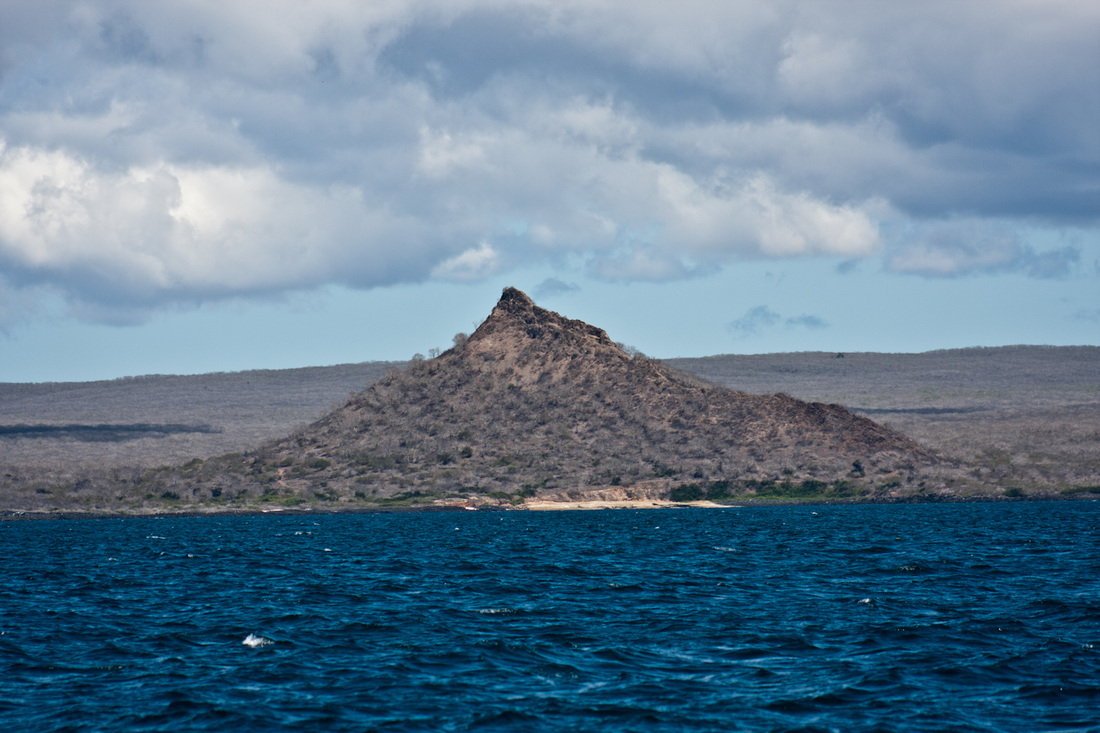
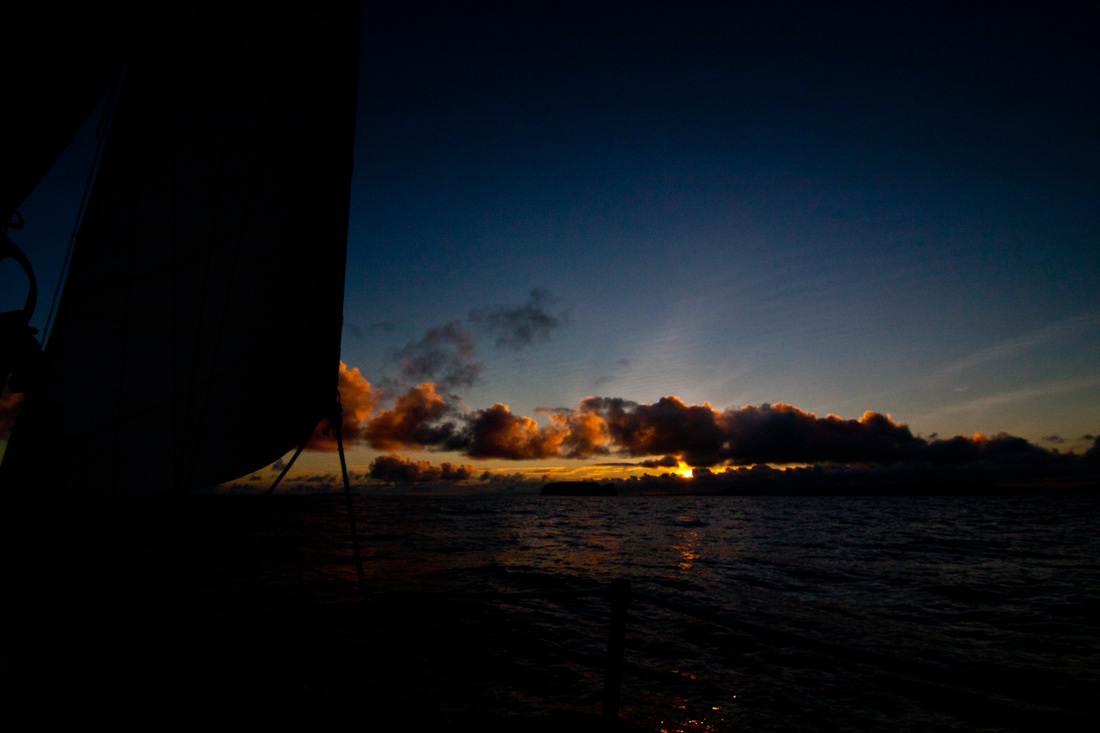
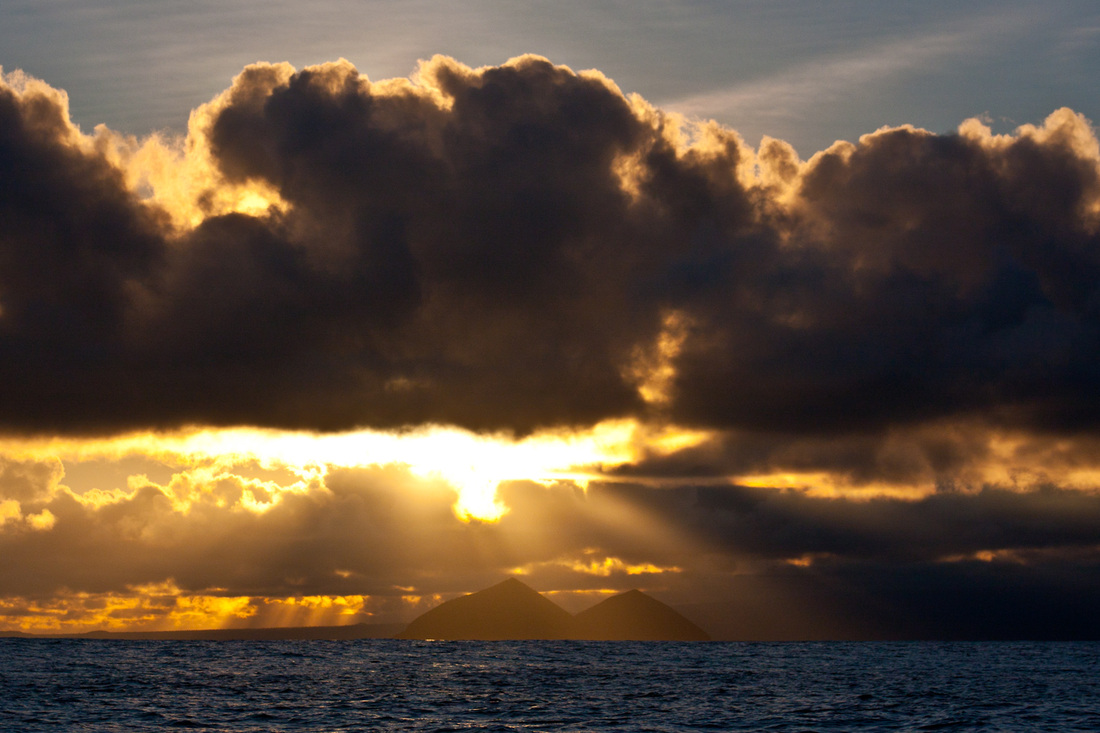
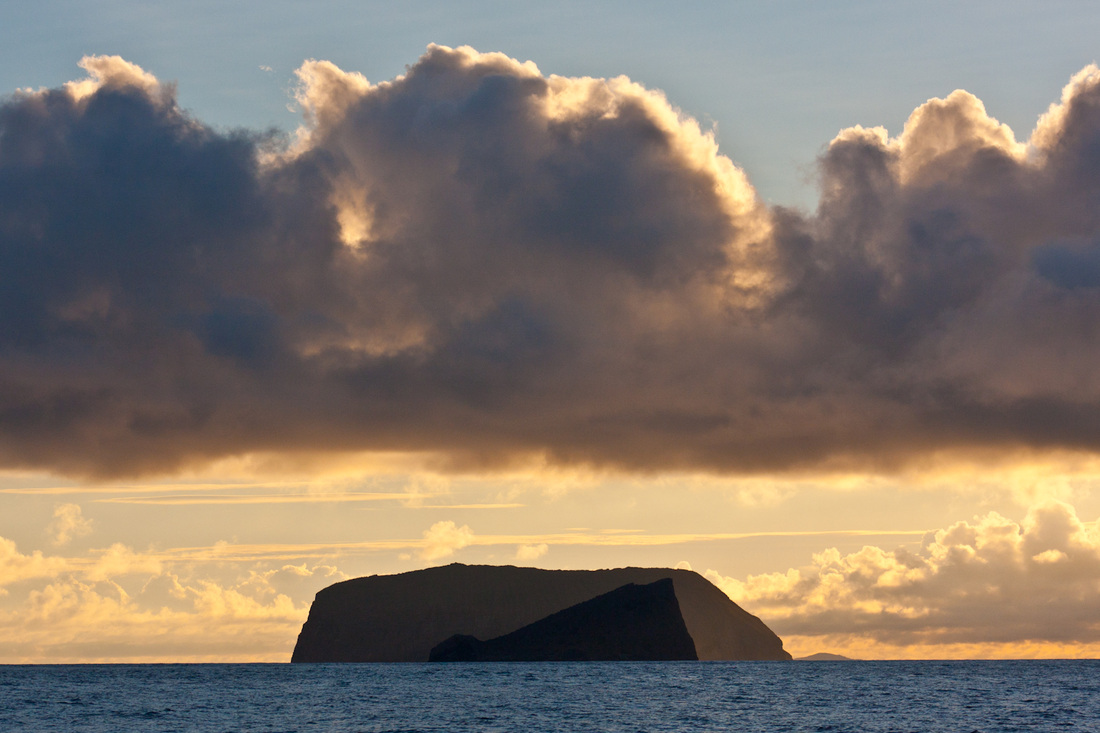
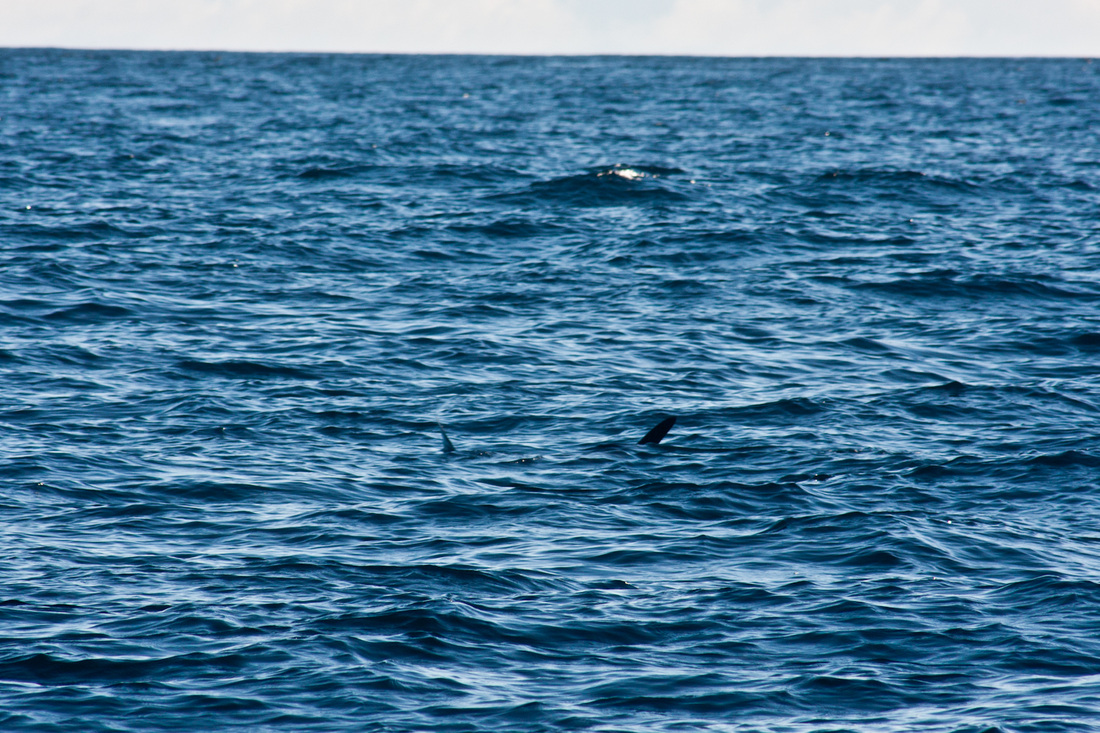
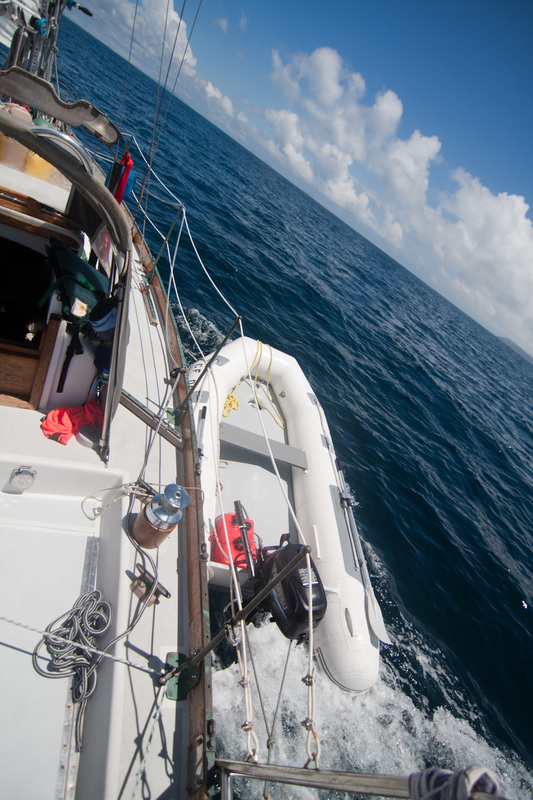
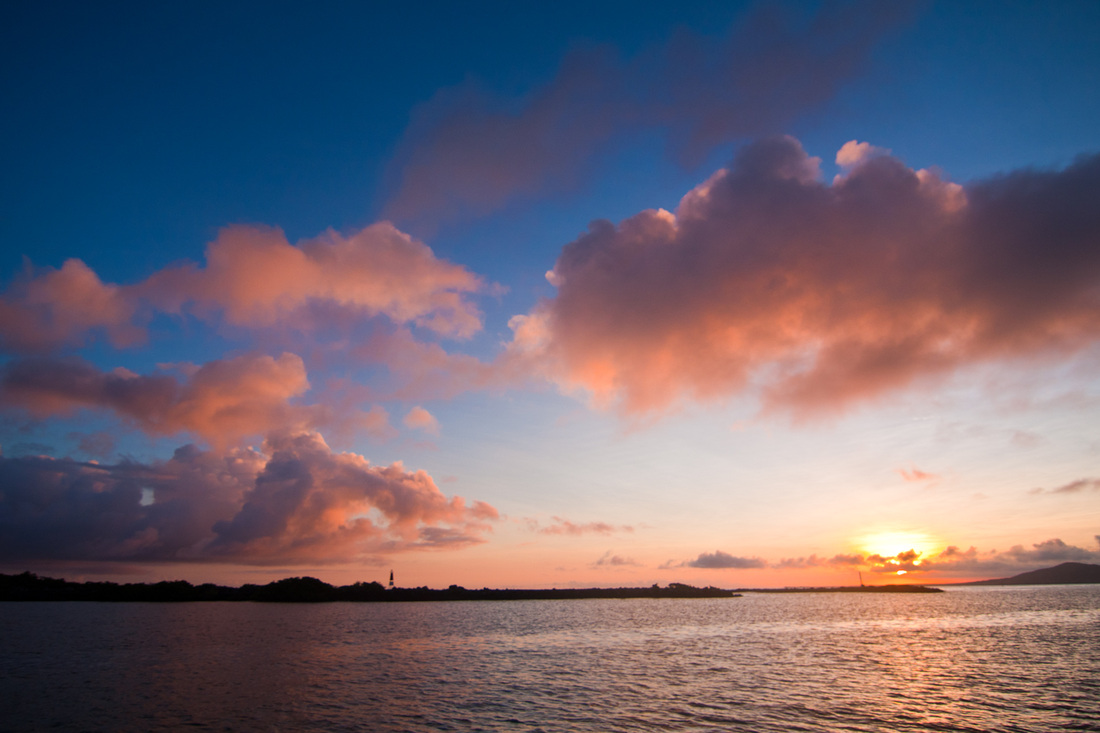
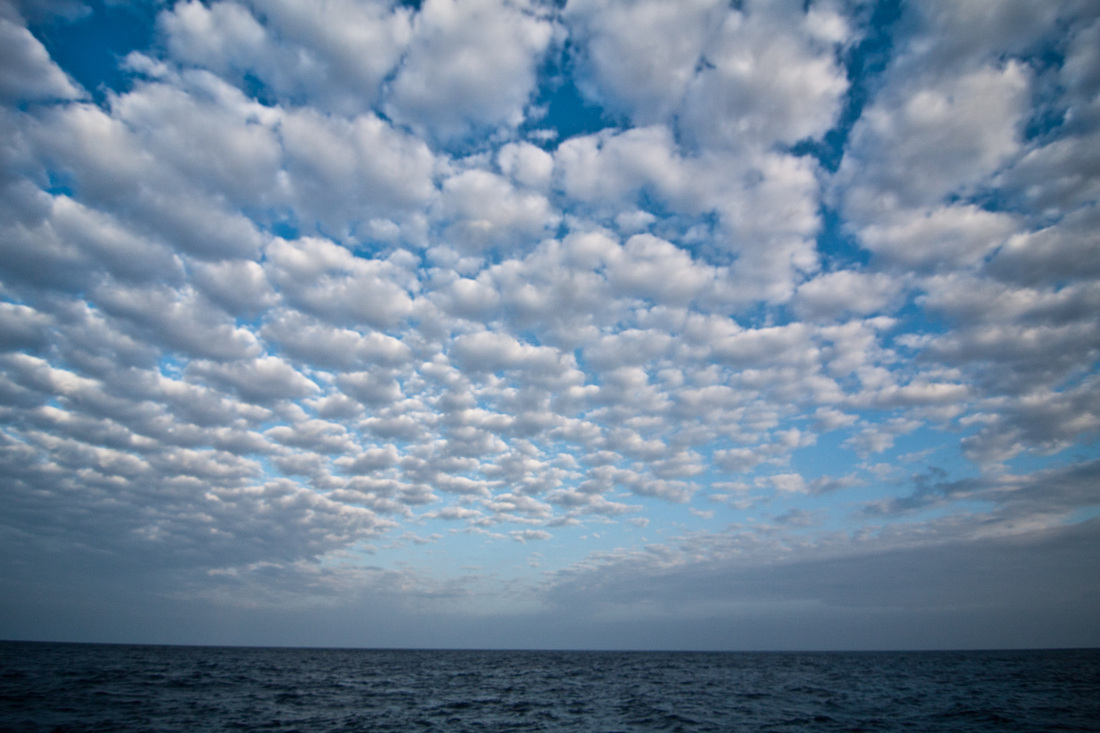
 RSS Feed
RSS Feed
